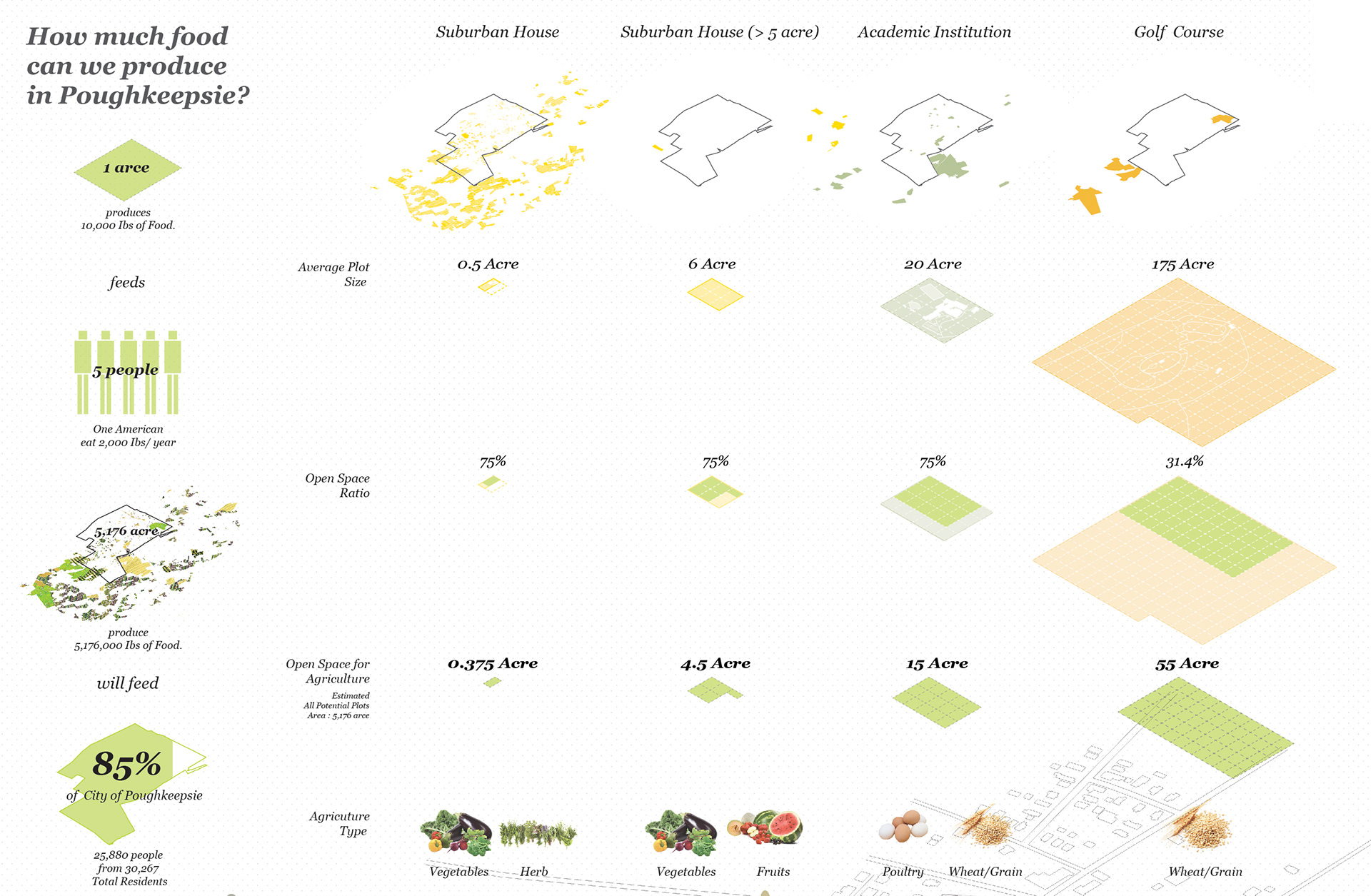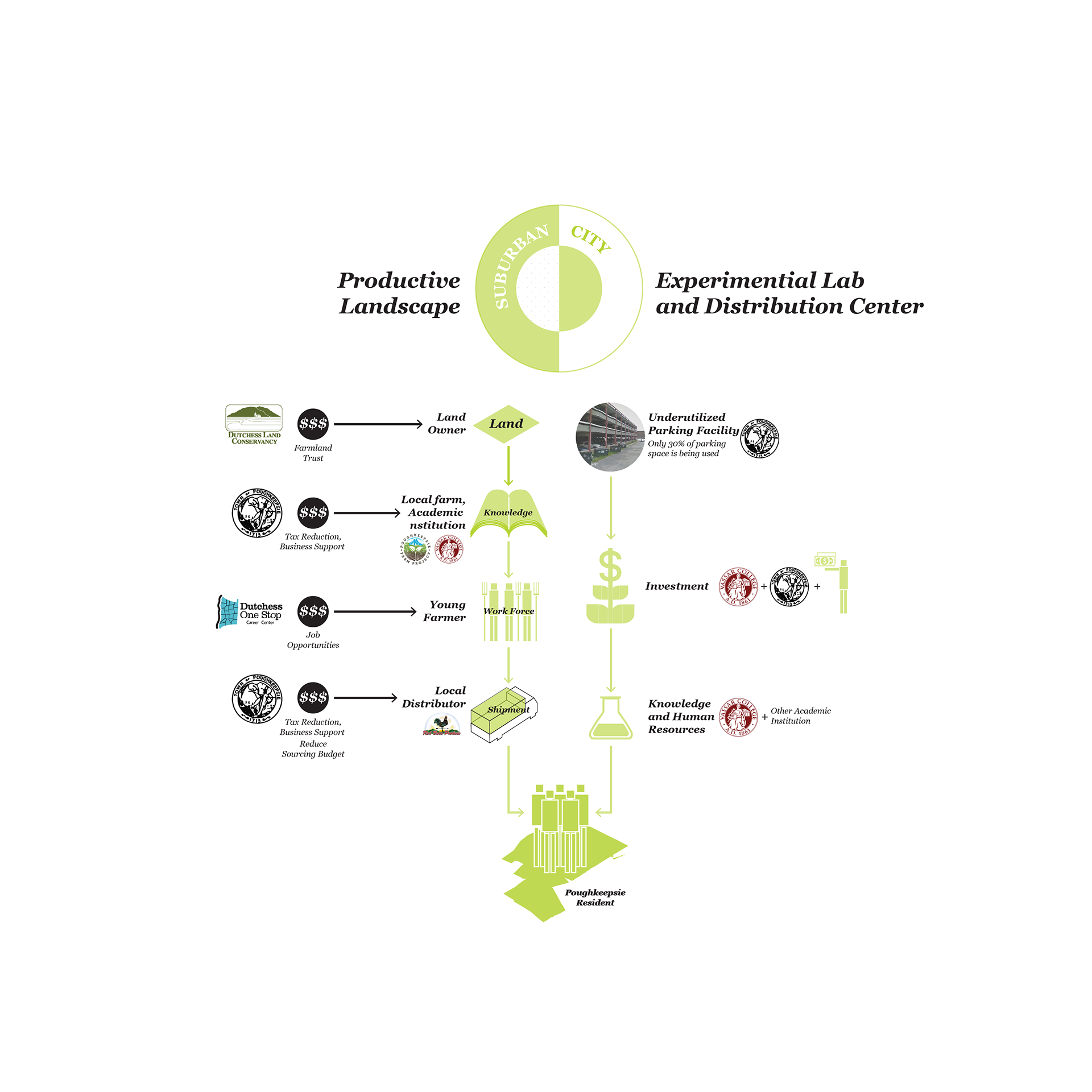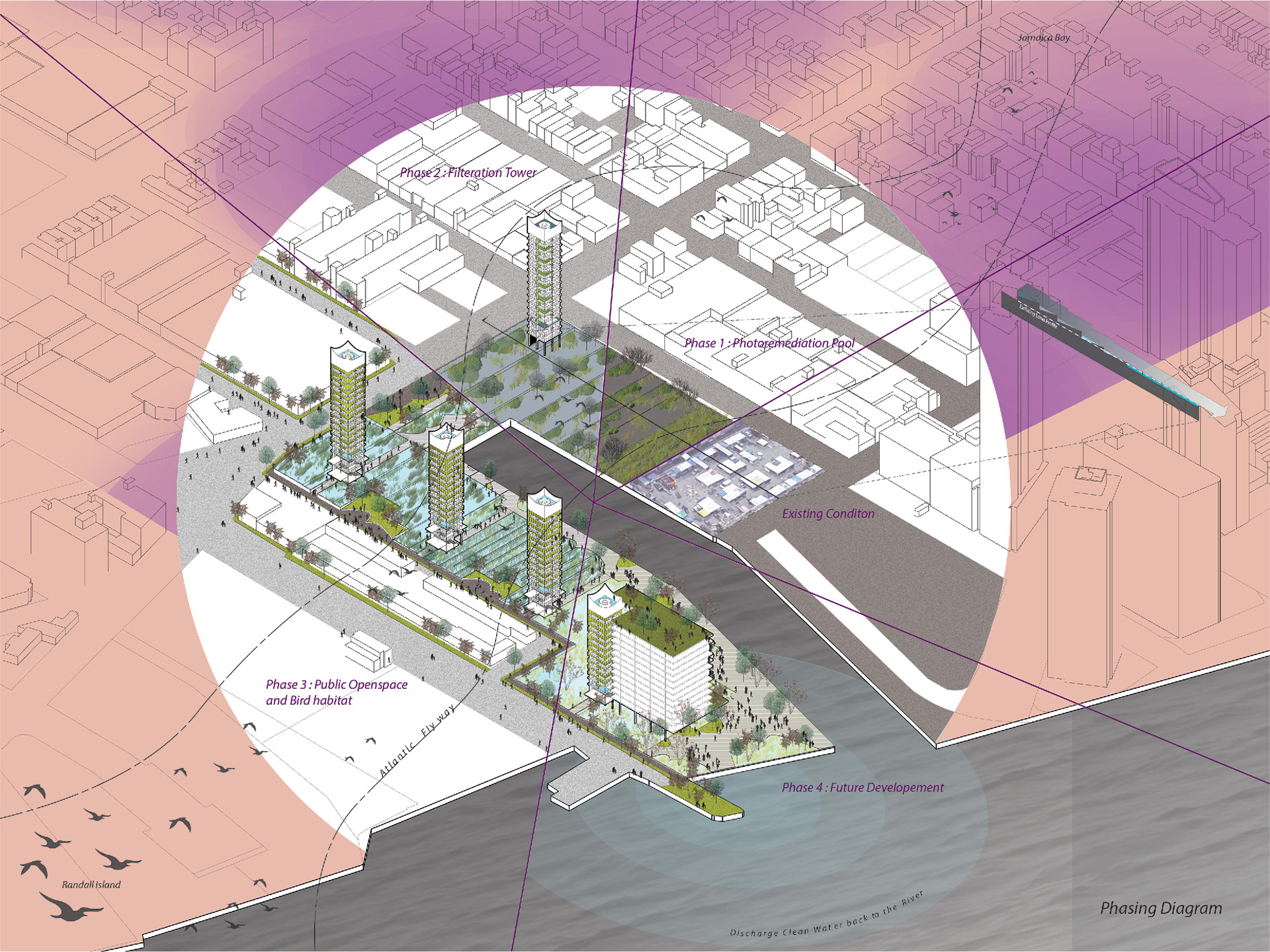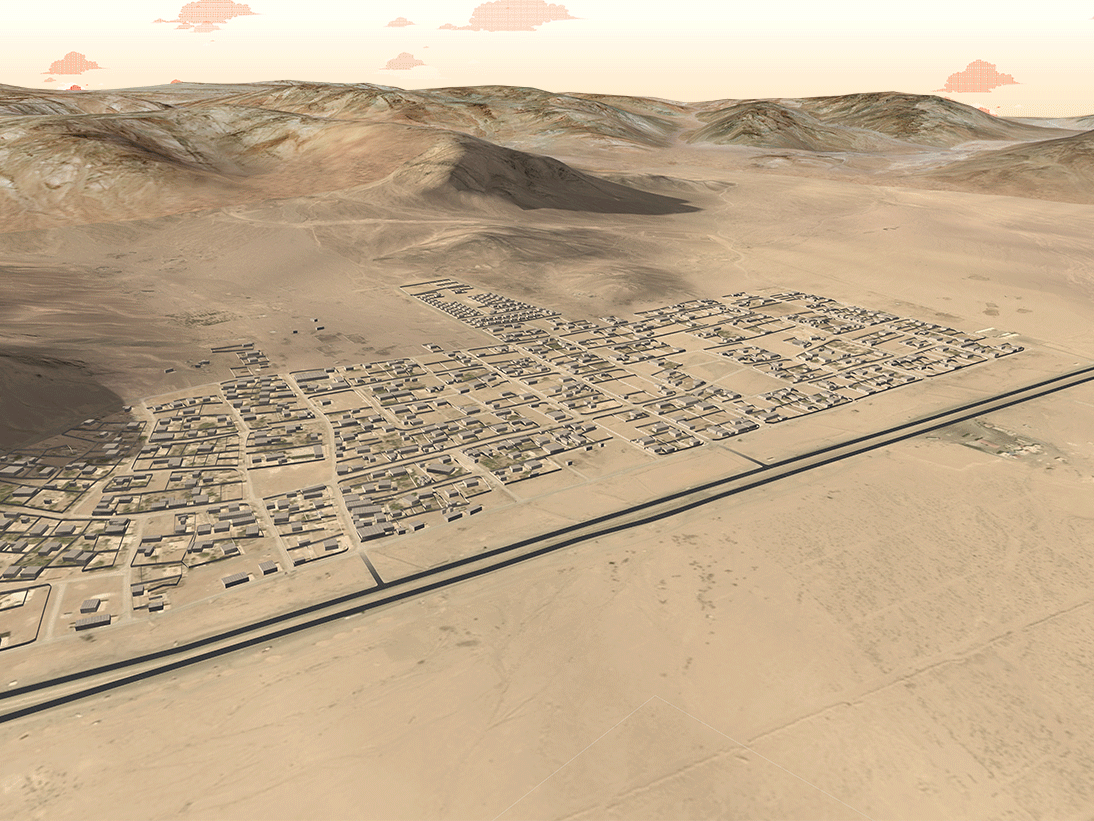Global warming and climate change will undeniably pose increasing challenges to the existing food system. One of the main contributing factors to climate change is GHG emissions caused by the food industry and related transportation. In order to start addressing these challenges we propose a hyper-localized agriculture urbanism (city model). The model consists of a network of decentralized farms, a local distribution network, and research facilities designed to reduce carbon footprint, increase food production, and meets the increasing consumption demand in 2050.
Why Hyper localize
Increase in global average temperatures, widespread melting of snow and ice, and a rising global average sea level indicates the adverse climate condition that will be faced in 2050. Greenhouse gas emission caused by the food industry and related transportation is one of the major contributors to global warming. Agricultural industrialization has shifted the ratio of farmer to consumer have increased from 1:3 to 1:100, while estimated rise in population in 2050, will require an increase of 70% in food production. Hyper-local, decentralized food production system will reduce GHG emissions from transportation and help create more self-sustaining agricultural units.


Where to hyper-localize?
Agriculture is an important economic and cultural component of Hudson River Valley thanks to its fertile soils, water supply, topographical conditions and access to metropolitan markets. By analyzing soil condition in Dutchess County we found that 47% of the total available land is suitable for agriculture production but only 4.5% is utilized. Otherwise fertile land is used for housing, institutions and private open spaces that can be used for productive landscape. Meanwhile, one in every four households in the city experiences food insecurity. From conversations with city residents we learned that residents are unaware of programs and opportunities to increase access to local produce.
How to hyper-localize?
The system identifies and designates spaces for productive landscape in the suburban areas, and establishes a space for experimentation and awareness within the city, creating a prototypical model that can be applied to the cities along the Hudson valley. Suburban food production is designed to meet the present food insecurity challenge in the city. The city facility, in turn, will research innovative food production technologies and help plan the production landscapes of the future. Cooperating with both public and private sectors, this model will increase access and availability of local food sources, support research and educational benefits, create job opportunities and income for residents and the city, while creating a new culture of place based on Agriculture.


Suburban Typology
Institutional Typology
Phase 01 - Distribution and Storage Centre
Phase 02 - Experiential Laboratory
Phase 03 - Intensive Controlled Farming
Phase IV - Expanding to the City

